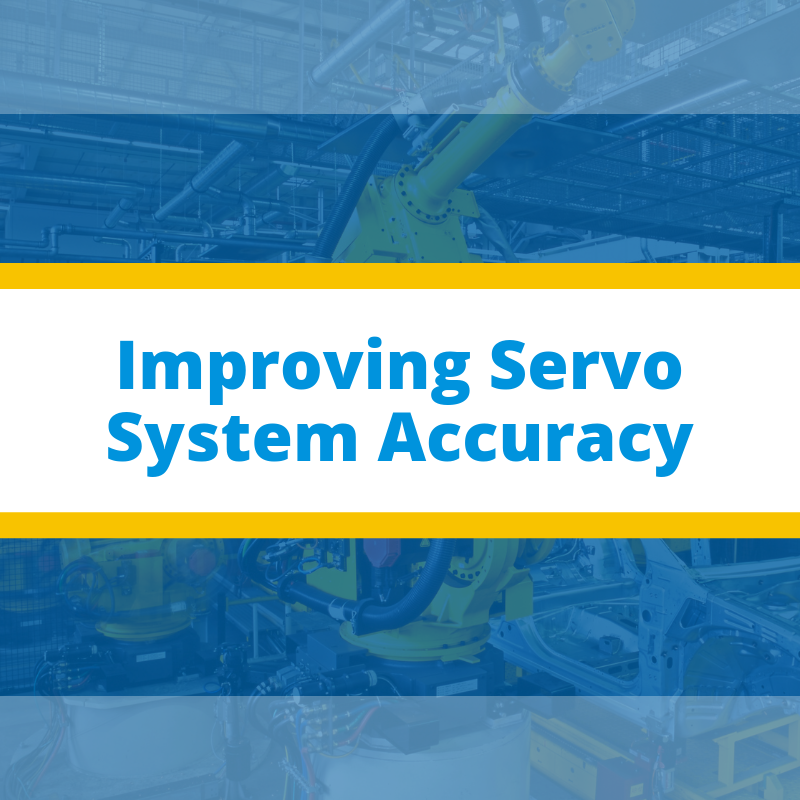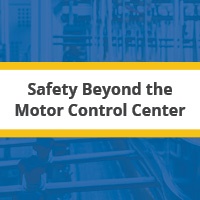The early 1950's marked the entry of one of the most revolutionary products in the history of industrial automation: the Variable Frequency Drive. Since then, the product design has evolved and refined at an increased pace. Even in the 21st century, there is no alternative in sight, and thanks to continued improvement, VFDs have solidified their position in the field of automation.
VFDs and Harmonics
Motion control applications utilize a plethora of servomotors and machine actuators. Proper selection and integration are necessary for top-level accuracy and profitability. There are some factors that must be considered during and after the design process to ensure that the system works at peak efficiency and accuracy. The type of load, duty cycle and mechanical transmission all effect the accuracy of the system.
Motor and Motor Control Troubleshooting Techniques
The widespread use of motors in fields ranging from manufacturing to household applications means that downtime due to a malfunctioned motor can result in a great loss of productivity. A step-by-step approach is the best way you can analyze and subsequently troubleshoot a failed system.
Along with heat, dust and poor lubrication, moisture is one of the leading causes of motor failure. Compared to installations in dry areas, electric motors get an instant slump in their operating lives as soon as they’re set-up in a damp area. For instance, when a warm motor shuts down, it sucks in cool air, which naturally would contain moisture due to the location. This leads to condensation droplets that are absorbed by the insulation, leading to corrosion of the windings. Furthermore, motors that are operated intermittently are at greater risk since they can accumulate moisture and with the passage of time deteriorate a motor’s operational life.
What to Consider When Specifying for New Components
At one point or another, system engineers have to go through the challenging task of replacing a component with a new one. It may be due to a vast amount of reasons such as:
- The manufacturer discontinued support
- Lack of reliability in terms of procurement
- Overly-inflated cost
- Frequent failures
- Technical conflicts
However, replacing a part isn’t that easy, especially when choosing it in the first place required going through a lengthy process. The major problem is the absence of a direct cross-reference pointing to the new item. The entire product specifications have to be dissected and then searched through various manufacturers’ products.
Two major trends have greatly impacted the Motion Controls industry, and are currently affecting the global controls market: safety and single-cable servo motors. Therefore, knowing about the changing trends beforehand can serve as a great way to route the selection of your automation hardware in the right direction.
A Motor Control Center (MCC) is an integral part of a manufacturing plant, and its continuous operation is vital if the company wants to make a profit. The safety of Motor Control Centers is a hot-topic in modern equipment design due to the ensuing hazards, most notably arc flashes. The safety of both the MCC as well as the personnel who operate it should therefore be a priority and appropriate guards must be in place to tackle any emergency.
Safety is a top priority for companies and facilities not only because it protects its workers but it can also protect its machinery. When developing safety and control systems, facilities tend to focus on the machines and products inside the facility, but outside factors should not be forgotten. Companies should look beyond what is controllable in their facility when setting up their motor control centers.









